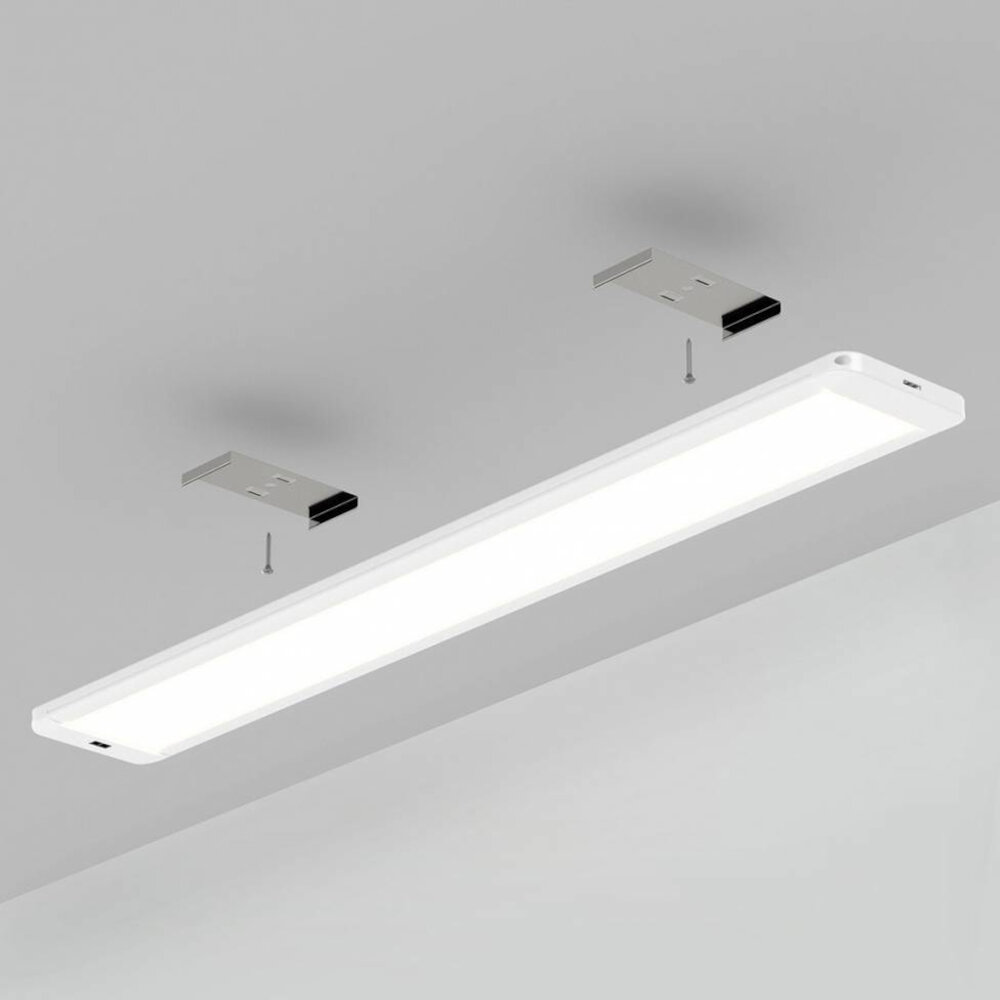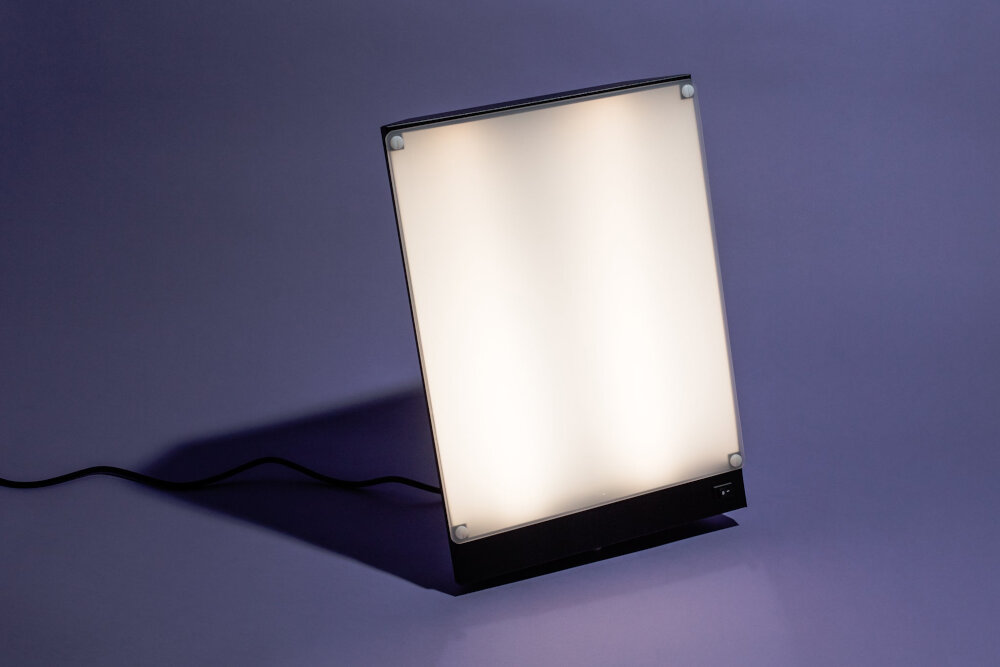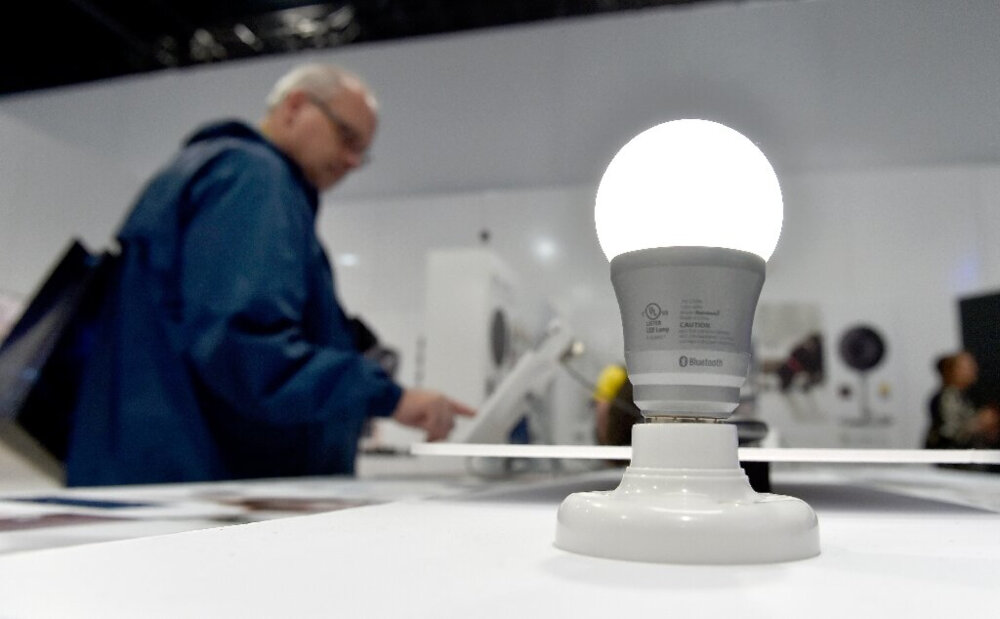LED Light Flickering: Understanding the Common Causes and Solutions

LED lights have become increasingly popular in recent years due to their energy efficiency, longevity, and cost-effectiveness. However, one common problem that many people encounter with LED lights is flickering. LED light flickering can be quite frustrating and distracting, especially when it occurs in areas where consistent lighting is essential, such as offices or homes. LED light flickering can be caused by various factors, including electrical issues, dimmer switches, and incompatible fixtures. It can also be an indication of a more serious underlying problem that requires professional attention. Understanding the common causes of LED light flickering and knowing the appropriate solutions can help you resolve the issue and enjoy consistent, reliable lighting in your home or workplace. In this article, we will explore the common causes of LED light flickering and provide practical solutions to help you fix the issue.
LED light flickering is a phenomenon where the light produced by an LED bulb rapidly fluctuates in brightness. This can be caused by a number of factors, including improper wiring, voltage fluctuations, or incompatibility with the dimmer switch being used. Flickering lights can be not only annoying and distracting, but can also cause eye strain, headaches, and other health issues. It is important to understand the common causes of LED light flickering in order to effectively troubleshoot and prevent it from occurring. Fortunately, many of the causes of LED flickering can be easily addressed with simple solutions such as replacing dimmer switches or using voltage regulators.
Understanding the causes and solutions of LED light flickering is crucial for ensuring that the lighting system operates efficiently and optimally. Flickering can be caused by various factors such as power supply issues, poor-quality dimmers, and incompatible bulbs. By pinpointing the root cause of flickering, one can effectively apply the appropriate solution to fix the issue. Some solutions include replacing the dimmer switch, using a high-quality power supply, or opting for compatible bulbs that match the lighting system. Having knowledge about the causes and solutions of LED light flickering can help prevent unnecessary costs and ensure that the lighting system consistently provides high-quality lighting.
Voltage Fluctuations

Voltage fluctuations are one of the most common causes of LED light flickering. These fluctuations can be caused by a variety of factors, including changes in the electrical load on the circuit, voltage drops due to the distance between the light and the power source, and power surges caused by lightning strikes or other electrical disturbances. When the voltage fluctuates, the LED light may flicker, dim, or even turn off completely. This can be frustrating for homeowners, especially if the flickering occurs frequently or lasts for an extended period of time. To prevent voltage fluctuations from causing LED light flickering, homeowners can take a number of steps. One of the most important is to ensure that the electrical circuit is properly grounded. This can help to minimize the effects of power surges and other electrical disturbances, and can help to ensure that the LED light remains stable and consistent. Additionally, homeowners can consider installing a voltage stabilizer or other electrical device that can help to regulate the voltage and prevent fluctuations from occurring. Finally, it is important to ensure that the LED light is installed correctly and in accordance with the manufacturer’s instructions. This can help to ensure that the light operates at its optimal level and does not flicker or dim due to voltage fluctuations or other electrical issues.
Voltage fluctuations occur when there are sudden changes in the voltage levels of an electrical circuit. These fluctuations can cause LED lights to flicker, dim, or even turn off completely. Voltage fluctuations can be caused by a variety of factors, including power surges, voltage spikes, voltage sags, and voltage dips. Power surges occur when there is a sudden increase in voltage levels, while voltage spikes are brief, high-energy bursts of voltage. Voltage sags and dips, on the other hand, occur when there is a sudden drop in voltage levels. These fluctuations can be caused by a variety of factors, including lightning strikes, power outages, and the use of high-powered electrical equipment. In order to prevent LED light flickering, it is important to identify and address the root cause of the voltage fluctuations.
Voltage fluctuations can cause LED light flickering due to the nature of how LEDs operate. LED lights require a constant and stable voltage to function properly, and any deviations in voltage can result in flickering. This is because LEDs are designed to operate at a specific voltage, and when the voltage fluctuates, the LED’s ability to maintain a constant level of brightness is compromised. The flickering can be caused by a variety of factors, including electrical noise, voltage drops, and power supply issues. To prevent LED light flickering, it is essential to ensure that the electrical system is stable and that the LED bulbs are compatible with the power supply. Additionally, installing voltage regulators or stabilizers can help to mitigate voltage fluctuations and prevent flickering in LED lights.
Voltage fluctuations can cause severe problems for both homes and businesses. These fluctuations can lead to flickering lights, reduced lifespan of electronic devices, and even damage to sensitive equipment. Fortunately, there are various solutions available to tackle voltage fluctuations. One of the most effective solutions is to install a voltage stabilizer or regulator. These devices work by maintaining a steady voltage output, regardless of changes in the input voltage. Another solution is to install an uninterruptible power supply (UPS). A UPS provides backup power during power outages and also helps to regulate voltage. Lastly, ensuring that all electrical connections and wiring are secure and free of damage can help prevent voltage fluctuations.
Incompatible Dimmer Switches

Incompatible dimmer switches are one of the most common causes of LED light flickering. Dimmer switches that were designed for use with incandescent bulbs are not compatible with LED bulbs. This is because incandescent bulbs operate differently than LED bulbs. Incandescent bulbs will continue to produce light even when the voltage is lower, while LEDs require a certain amount of voltage to produce light. When an incompatible dimmer switch is used with an LED bulb, the voltage is not regulated correctly, causing the bulb to flicker or turn off completely. The solution to this problem is to replace the incompatible dimmer switch with a dimmer switch that is designed for use with LED bulbs. This will ensure that the voltage is regulated correctly and the LED bulb will operate as it should. It is important to note that not all LED bulbs are compatible with all dimmer switches. Some LED bulbs may work with certain types of dimmer switches, while others may not. It is important to check the compatibility of the LED bulb with the dimmer switch before making a purchase. This can be done by checking the packaging of the LED bulb or by contacting the manufacturer. Using an incompatible LED bulb with a dimmer switch can also cause flickering or other issues, so it is important to ensure that the bulb is compatible before installation. By taking the time to check compatibility and using the correct dimmer switch, LED light flickering can be eliminated, providing a smooth and consistent lighting experience.
Dimmer switches are devices that allow you to adjust the brightness of your lights to create a desired ambiance. They work by reducing the amount of current that flows to the light bulb, which in turn reduces the amount of light output. However, not all dimmer switches are compatible with LED lights, and using the wrong type can cause flickering. This is because LED lights require a constant and stable current to operate smoothly. To prevent this issue, it is important to use a dimmer switch that is specifically designed for use with LED lights. These switches have built-in technology that ensures a steady current flow, which eliminates flickering and allows you to enjoy the full benefits of LED lighting.
LED lights are known for their energy efficiency, long lifespan, and low maintenance requirements. However, one common issue that users encounter is flickering. Incompatible dimmer switches are a major cause of LED light flickering. Unlike traditional incandescent bulbs, which are compatible with most dimmer switches, LED bulbs require special dimmer switches that are designed to manage their power consumption. When LED bulbs are used with traditional dimmer switches, the switch may not provide enough power to the bulb, resulting in flickering. This can cause frustration and discomfort for users, as well as potentially damaging the LED bulbs. Therefore, it is essential to ensure that the dimmer switch used is compatible with the LED bulbs to avoid flickering.
Incompatible dimmer switches can cause LED lights to flicker, which can be a frustrating issue for homeowners. However, there are several solutions to this problem. One solution is to replace the incompatible dimmer switch with a LED-compatible dimmer switch. Another solution is to install a bypass device, which allows the LED light to operate without the use of a dimmer switch. Additionally, selecting high-quality LED bulbs and dimmer switches can help prevent flickering. It is also important to ensure that the wiring is properly installed and that the dimmer switch is compatible with the wattage of the LED bulbs. By taking these steps, homeowners can enjoy the benefits of LED lighting without the annoyance of flickering.
Loose Electrical Connections

Loose electrical connections are another common cause of LED light flickering. These connections can occur at various points in the electrical system, including the switch, the fixture, or the wiring. When an electrical connection is loose, it can cause intermittent interruptions in the flow of electricity, which can result in flickering or flashing of the LED lights. Additionally, loose connections can generate heat, which can damage the electrical components and increase the risk of fire. It is important to inspect and tighten all electrical connections regularly to prevent these issues from occurring. To identify loose electrical connections, start by checking the switch and the fixture for any visible signs of damage or looseness. If everything appears to be in good condition, then move on to the wiring connections. Inspect each connection point for any signs of corrosion, wear, or looseness. If you find any problems, tighten the connections using a screwdriver or pliers. Be sure to turn off the power before making any adjustments to the electrical system to avoid the risk of electric shock. By addressing loose electrical connections, you can eliminate LED light flickering and ensure that your lighting system is safe and reliable.
The proper electrical connections are crucial for the efficient functioning of LED lights. The connections should be secure and tight to ensure that the electrical current flows smoothly without any interruptions. Loose or damaged connections can lead to flickering or even complete failure of the LED light. It is important to use high-quality wiring and connectors to avoid any potential hazards. Moreover, it is recommended to check the electrical connections regularly to make sure that they are in good condition. In case of any issues, it is advisable to seek the help of a qualified electrician to ensure that the connections are properly installed and maintained.
Loose electrical connections can be a common culprit behind LED light flickering. When the connections between the LED driver, LED bulb or other components are not tight enough, it can result in an intermittent flow of electricity. This means that the supply of electricity to the LED bulb is not consistent, leading to flickering. Loose connections can also cause overheating, which can damage the LED bulb, driver or other components. It is essential to ensure that all electrical connections are secure and tight to prevent flickering and other electrical issues. Regular maintenance and inspection can help to identify and fix loose connections before they cause significant problems.
Loose electrical connections can be a major cause of LED light flickering. Fortunately, there are several solutions to this issue. One solution is to tighten any loose connections, such as those between wires and terminals. This can be done by using a screwdriver to gently tighten the screws that hold the wires in place. Another solution is to replace any damaged or old wiring with new wiring that is more secure and less likely to come loose over time. Additionally, using high-quality connectors and terminals can help to ensure a stable electrical connection that is less likely to cause flickering. By taking these steps, it is possible to eliminate loose electrical connections as a cause of LED light flickering and enjoy a more consistent and reliable lighting experience.
LED Driver Issues

LED drivers are critical components that regulate the flow of electrical power to LED lights. However, LED driver issues can cause various problems, including LED light flickering. One of the most common LED driver issues is the driver’s inability to provide consistent power to the LED lights. This can occur due to several reasons, such as a faulty driver, inadequate driver capacity, or incorrect driver selection. As a result, the LED lights may flicker, dim, or fail to turn on altogether. Another LED driver issue that can cause flickering is voltage fluctuations. LED lights require a stable and constant voltage to operate correctly. However, voltage fluctuations can occur due to various factors, such as changes in the electrical load or power surges. When the voltage fluctuates, the LED driver may struggle to maintain the correct voltage level, leading to flickering lights. To solve this issue, it is essential to ensure that the LED driver has a stable power supply, and any electrical issues in the building’s wiring system are resolved promptly.
An LED driver is an electronic device that regulates the power supply to an LED light. It serves as the interface between the AC mains voltage and the LED light source. LED drivers convert high voltage, alternating current (AC) to low voltage, direct current (DC) to provide the necessary power to the LED lights. They control the amount of current and voltage supplied to the LED, helping to maintain the brightness, color, and overall performance of the light. LED drivers are critical components in LED lighting systems, ensuring that the lights operate safely and efficiently. Flickering of LED lights can be caused by various factors, including incompatible drivers, voltage fluctuations, and electromagnetic interference. Understanding these causes and finding the right LED driver can help to eliminate flickering and deliver consistent and reliable lighting performance.
LED lights are known for their energy efficiency, longevity, and low maintenance costs. However, they can be prone to flickering, which can be a frustrating and distracting issue. One of the most common causes of LED light flickering is issues with the LED driver. The driver is responsible for regulating the current and voltage supplied to the LED, and if it is not functioning properly, it can cause the LED to flicker. This can happen due to a range of issues, such as inadequate power supply, a faulty driver circuit, or incompatible wiring. In some cases, the driver may not be able to handle the load of the LED, causing it to flicker or turn off completely. To solve this issue, it is important to ensure that the LED driver is working correctly and is compatible with the LED being used.
LED driver issues are a common cause of LED light flickering. The most common solution to this issue is to replace the LED driver with a higher quality one that is compatible with the LED bulbs being used. It is important to ensure that the driver is compatible with the specific voltage and current requirements of the LED bulbs. Another solution is to use a power conditioner that filters out any voltage fluctuations that may be causing the flickering. Additionally, it is recommended to use LED bulbs that are designed to work with dimmer switches if dimming is desired, as using non-dimmable bulbs with a dimmer switch can cause flickering. Finally, regular maintenance and cleaning of the LED bulbs and fixtures can also help to prevent flickering caused by overheating or debris buildup.
LED light flickering is a common issue that can be caused by a variety of factors. Some of the most common causes of LED light flickering include incompatible dimmer switches, loose or faulty wiring, voltage fluctuations, and overheating. To address these issues, it is important to ensure that the dimmer switch is compatible with the LED light, and that the wiring is secure and properly connected. Voltage fluctuations can be addressed by installing a voltage stabilizer, while overheating can be prevented by ensuring proper ventilation and using LED lights with adequate cooling systems. By addressing these common causes, LED light flickering can be minimized or eliminated, providing consistent and reliable lighting.
Addressing LED light flickering is crucial for both safety and energy efficiency. Flickering lights can cause discomfort, headaches, and eye strain, which may lead to accidents or health issues. Moreover, flickering can indicate a problem with the electrical system, such as loose wiring, voltage fluctuations, or incompatible dimmer switches, which can be hazardous and increase the risk of electrical fires. On the other hand, by fixing the flickering issue, you can optimize the energy consumption of your LED lights, reducing your electricity bills and carbon footprint. Therefore, it is essential to identify the root causes of LED light flickering and take appropriate measures to ensure a safe and efficient lighting system.
Conclusion

In conclusion, LED light flickering can be a frustrating and potentially dangerous issue for homeowners and businesses alike. However, understanding the common causes and solutions can help alleviate this issue and ensure that your lighting system operates smoothly and efficiently. Whether it’s due to electrical problems, incompatible dimmer switches, or simply a faulty bulb, there are a variety of approaches to resolving flickering LED lights. By taking the time to diagnose the root cause of the problem and implementing the appropriate solution, you can enjoy the many benefits of LED lighting technology without the hassle of flickering lights. Ultimately, investing in high-quality LED bulbs and working with a trusted electrician can help ensure that your lighting system remains reliable and functional for years to come.





